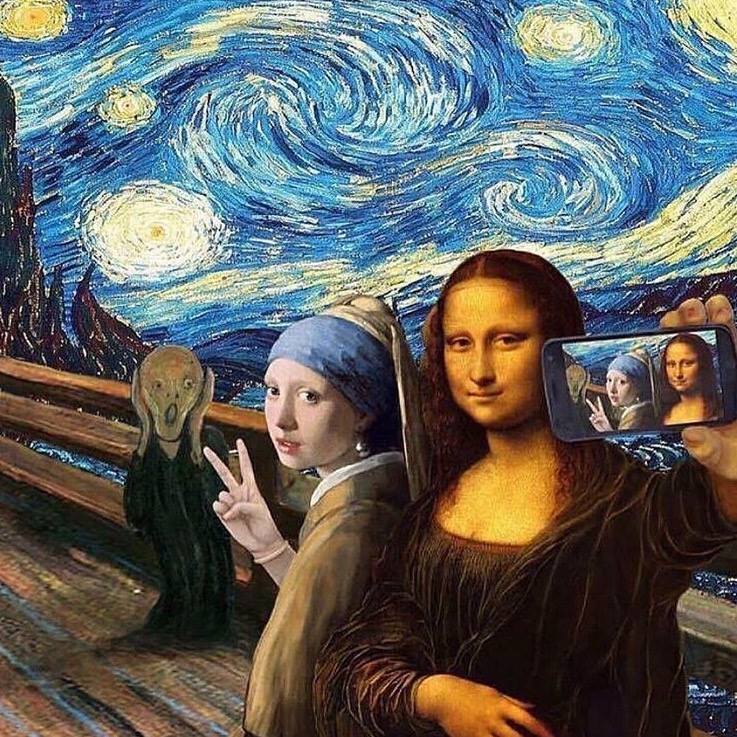Face in the crowd; App glorifies selfies via art
As society progresses, one technology has consistently reaffirmed its place in the future – facial recognition. It’s become ingrained into the latest iPhone model, inherent in Facebook photo software, and has been fantasized about in pop culture for decades and now, in a recent development, it can be harnessed by the public purely for entertainment.
Google’s Art and Culture App, version 6.0.17., comes with an exciting new feature relevant to this field: the ability to turn the mundane selfie into a powerful comparative tool.
After taking a photo, the app sifts through a database with portraits from over 1,200 museums to find a famous piece of art work with similar facial details. Results of these selfie matches have exploded on social media, throwing facial recognition tech into the more visible world of entertainment.
Many have described their app-determined doppelgängers as “spot-on,” while others remain skeptical. Is it a ploy for big corporations to gather facial data? Is the unknowing consumer sacrificing privacy for short-lived enjoyment?
Google denies these allegations, maintaining the innocent intentions of such an app. They assert that the photos are kept only long enough to make the match, then discarded. Regardless of motive, Google has certainly received much media coverage as a result, rapidly achieving viral status.
Perhaps the most disappointing thing, if there are any aspects to be disappointed about, is the indirect validation of a long-proposed societal trend: the brevity of the collective attention span. It took an inherently self-interested app release to spark signs of interest in art history, a corporate catering to narcissism before art could reach iOS leaderboards.
The lure of superficial associations with fame is too great to resist – but I digress.
Besides the technological implications, this app does bring with it the potential to revolutionize the act of viewing art.
In this digital era, libraries and other such institutions have been threatened as an endangered species, their content becoming increasingly more available in other avenues. Traditional analog means are becoming less attractive in an environmentally, and primarily cost, cognizant world.
Perhaps the same fate has been hinted at through this app; perhaps the museum experience can be digitized as well. It is unlikely that original works of such value will ever be truly “discarded” but their storage may be handled very differently.
Paintings may find themselves resting in warehouses, sealed for restorative purposes. The true interaction, viewing, personable connection will be made readily available through more apps like these.
While the ability to scan and correctly match physical features is an amazing feat, the potential of the cataloguing element seems to have been overlooked. It is a testament to a seemingly universally adopted direction, the transference of the tangible experience into concept.
Everything is finding its way onto our phones, tablets and computers. Why not culture? Virtual is the new reality.

